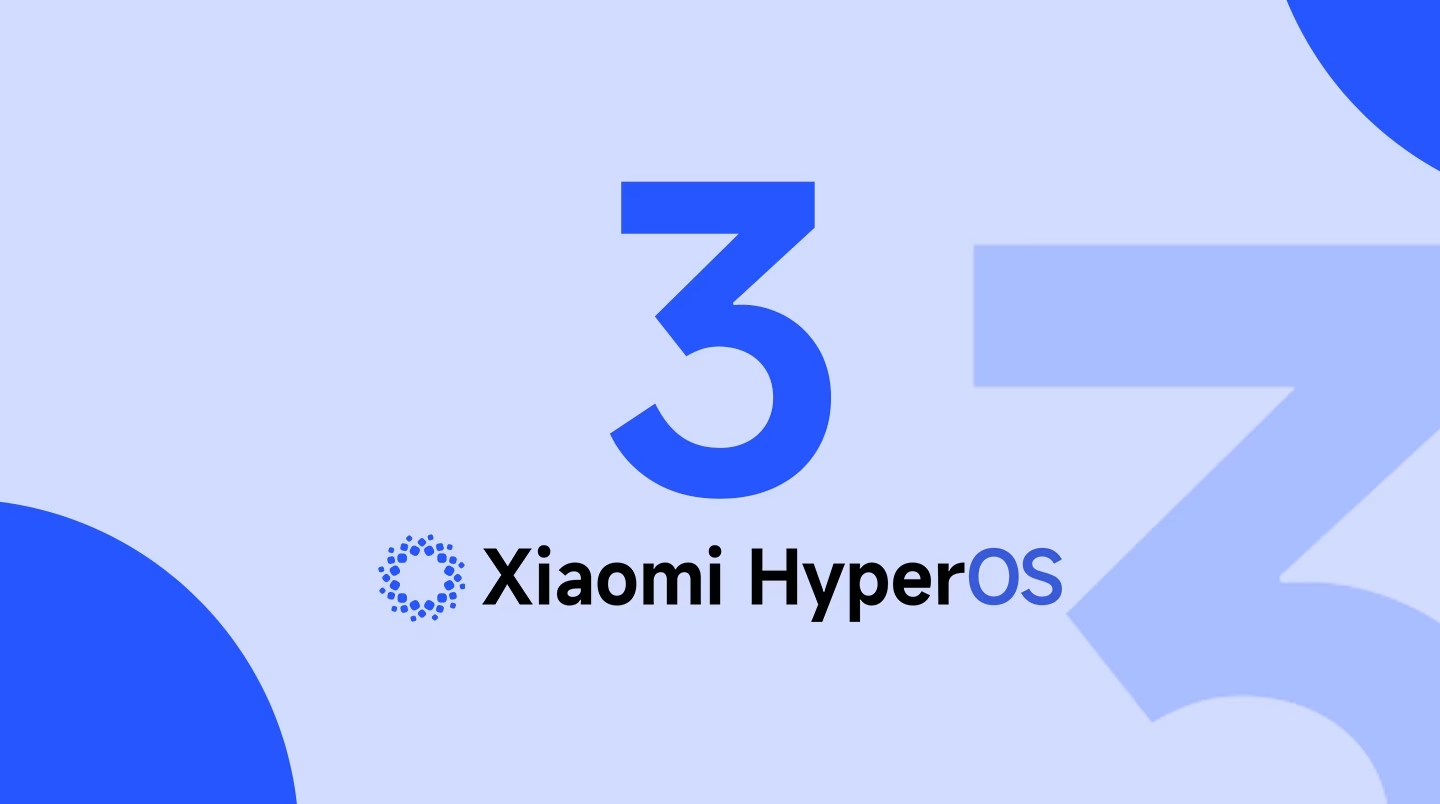Xiaomi Set to Unveil HyperOS 3 on August 28th, Promising Next-Gen Ecosystem Integration
Notably, the tech world is abuzz with confirmation: Xiaomi will officially introduce HyperOS 3 on August 28th. This isn't just another software update; it's poised to be a significant evolution in Xiaomi's operating system strategy, building on the foundation laid by its predecessors. For users and industry watchers alike, the date marks a crucial moment for the Chinese tech giant, hinting at a renewed focus on seamless device integration and enhanced user experience. What exactly will this new iteration bring to the table? Well, we're about to find out soon enough.
The announcement, though concise, has already sparked considerable speculation regarding the features and improvements HyperOS 3 will deliver. Xiaomi's HyperOS, initially launched as a replacement for MIUI, aimed to create a unified ecosystem across smartphones, tablets, smart home devices, and even electric vehicles. This upcoming version is expected to deepen that integration, pushing the boundaries of what a connected smart life truly means for Xiaomi users.
The Evolution of Xiaomi's Operating System: From MIUI to HyperOS
To truly grasp the significance of HyperOS 3, it's helpful to briefly look back. Xiaomi's journey in software began with MIUI, an Android-based skin that gained immense popularity for its customization options and feature-rich interface. However, as Xiaomi's product portfolio expanded beyond just phones, the need for a more versatile, lightweight, and interconnected operating system became apparent. Enter HyperOS.
HyperOS was designed from the ground up to be a microkernel-based, cross-platform system, capable of running on a vast array of devices with varying hardware capabilities. This architectural shift was a big deal, allowing for better resource management, improved performance, and a more consistent user experience across the entire Xiaomi ecosystem. The move was ambitious, no doubt. The initial versions focused heavily on laying this groundwork, optimizing for different form factors, and ensuring core stability. Now, with HyperOS 3, we're likely to see the fruits of that foundational labor.
Anticipated Features and Performance Enhancements
So, what can we realistically expect from HyperOS 3? While official details remain under wraps until the August 28th reveal, industry analysts and leaks point towards several key areas of improvement. Performance optimization is almost a given. We're talking about snappier animations, faster app load times, and even better battery efficiency across compatible devices. Given the competitive landscape, Xiaomi can't afford to stand still here.
Beyond raw performance, deeper AI integration is a strong possibility. Imagine more intelligent personal assistants, predictive features that anticipate your needs, and enhanced image processing capabilities directly within the OS. We've seen other manufacturers push AI heavily, and Xiaomi won't be an exception. Furthermore, privacy and security enhancements are always a priority for any major OS update. Users are increasingly concerned about their data, and HyperOS 3 will likely introduce more granular controls and robust protection mechanisms. Could we see a new, more intuitive privacy dashboard? It's certainly on many users' wish lists.
Ecosystem Integration: The HyperOS Vision Realized
The true power of HyperOS lies in its ability to seamlessly connect devices. With HyperOS 3, the vision of a truly unified Xiaomi ecosystem is expected to become even clearer. Think about it: improved hand-off features between your Xiaomi phone, tablet, and laptop. Maybe even more sophisticated controls for smart home devices directly from your wrist via a Xiaomi smartwatch. The possibilities are quite exciting, aren't they?
What to Watch For on August 28th
The August 28th launch event will undoubtedly be a deep dive into the specifics of HyperOS 3. Key areas to pay close attention to will be:
- Device Compatibility: Which existing Xiaomi devices will be eligible for the update? Will older flagships make the cut, or will it be limited to newer models?
- New Features Showcase: Beyond general improvements, what are the standout, headline-grabbing features that will define HyperOS 3?
- Developer Tools: How will HyperOS 3 empower developers to create more integrated and efficient applications within the ecosystem?
- Global Rollout Plan: When can international users expect to get their hands on the new OS? A staggered rollout is typical, but details matter.
The introduction of HyperOS 3 represents a critical juncture for Xiaomi. It's an opportunity to solidify its software strategy, further differentiate its ecosystem, and deliver a compelling user experience that keeps pace with, or even surpasses, industry trends. All eyes will be on Xiaomi come August 28th.
